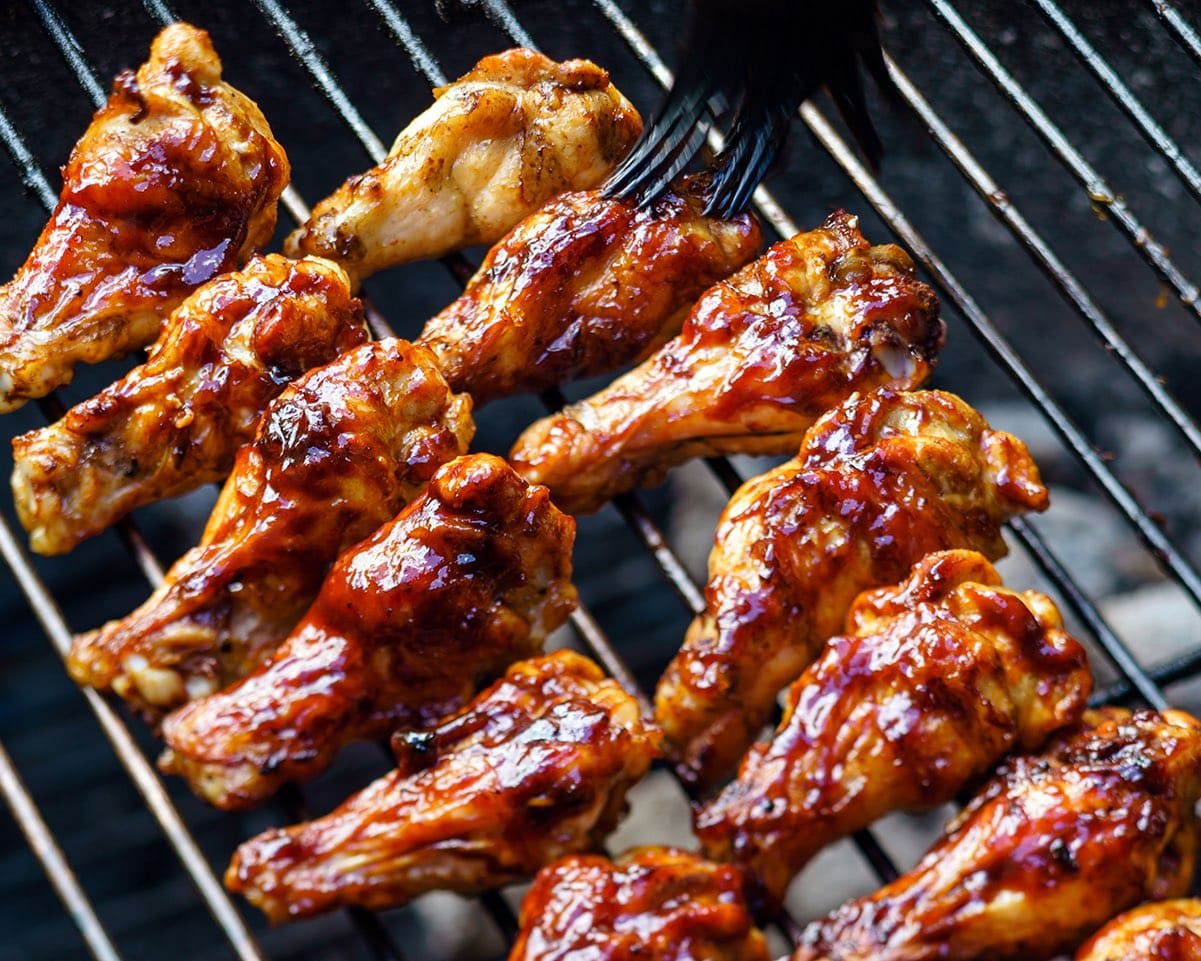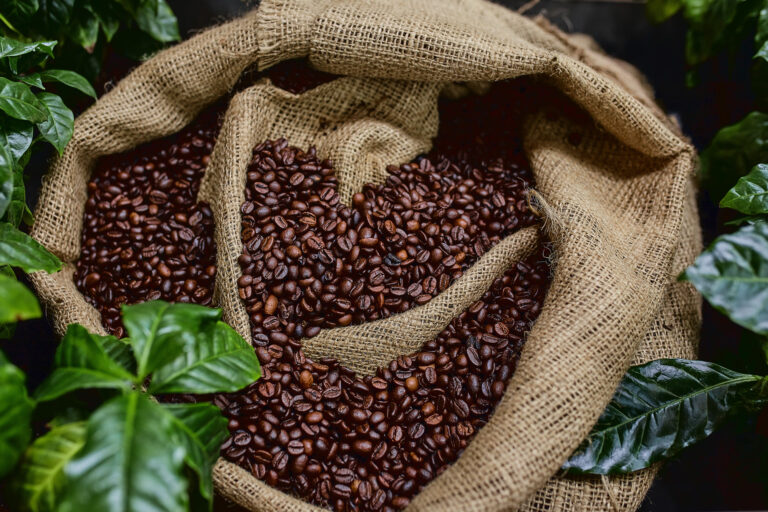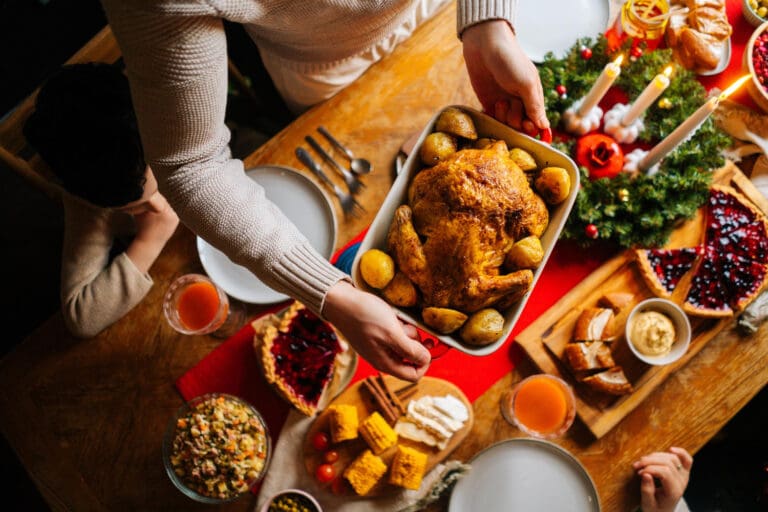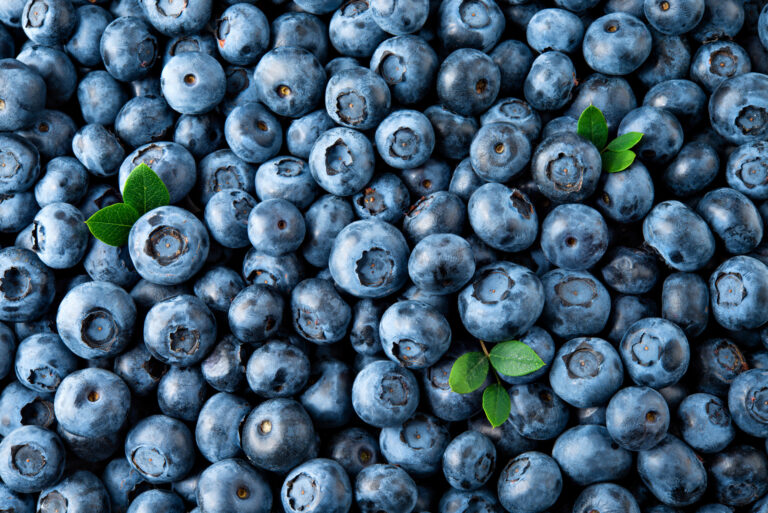How lower feed costs are making chicken cheaper
The cost of feed is typically said to account for 60-70% of the cost of raising a broiler. When you consider that corn makes up most of the diet, this is why cheap corn often makes cheap chicken. This year not only are ingredients that typically make up the bulk of chicken feed cheaper than in several years previous, but those that are high value are too.
The USDA releases the prices received by producers for agricultural products every month. The last report released was for June. From this, a price-feed ratio can be calculated. The broiler-feed ratio is described as a ratio that “measures the pounds of broiler grower feed equal in value to one pound of broilers, live-weight.” Thus, the larger the broiler-feed ratio is, the greater the volume of feed the producer can buy for the same value of the sale of a live broiler. The ratio figures that 58% of a broiler’s diet is corn and 42% is soybeans. While not completely accurate, as a complete diet will also contain other micro-ingredients such as salt, dicalcium phosphate, vitamins, microminerals, and amino acids, it does give a good estimate of where feed costs are. This past June, the broiler-feed ratio was calculated as a value of 6, the second highest value of the past five years. When we look at the year-to-date (YTD) average through June of this year, compared to the YTD 5-year average, we find that the ratio is up 27.83%. This is reflective of the corn and soybean prices through June. June prices received for corn were at $4.48/bu compared to the 5-year average of $5.40 and prices received for soybeans (Illinois) were at $11.80 as opposed to the 5-year average of $12.49. On a YTD basis, corn and soybeans are down -12.73% and -0.08%, respectively, in comparison to the 5-year average. While not factored into the broiler-feed ratio, if we look at some of the ingredients that are high cost per volume, such as methionine and lysine, we find that prices for those are also lower in relation to the 5-year average by -0.05% and -1.38%, respectively.
This data shows that input costs in terms of feed have the potential to be lower for many producers this year. If we lived in a world in which everything goes as expected, we might anticipate cheaper chicken prices. However, there are several other factors to consider besides feed costs, including weather and disease, both of which can negatively impact feed conversion, resulting in growers having to feed more to put the same amount of weight on the birds. Additionally, poor hatchability and livability challenges can affect the amount of supply available on the market.
Drumming up demand
Following a period of sideways trading in January and March of this year, frozen tom drum quotations have stair stepped from a value of $0.69 to the current value of $0.94. This move is quite contra seasonal, with prices usually starting the year higher and gradually moving lower until a slight increase in activity occurs from mid-April through early June, followed by another price decline until September. The 5-year average quotations in January were thirty cents above this year’s value and current 5-year averages are twelve cents below the market quotations. More interesting though, has been the gradually increasing price spread between fresh and frozen since mid-April. Today, the quotation for frozen tom drums is nineteen cents over that of fresh offerings. This puts the spread in the top 2% since fresh quotations started being recorded in August of 2007, but it is still ten cents behind the highest spread ever recorded in May of 2021.
Though it costs less than a nickel for those who can put up frozen production, many buyers still find it preferable to buy frozen. As of now, producers find the ease and convenience of selling fresh and not having to box and freeze a desirable option. Additionally, fresh production has been easily placed with unseasonably high grinding and smoking demand. This has led to a limited amount of production entering the freezer. Diminished levels of new production are exacerbated by a cold storage inventory of legs that is at the second lowest level recorded since 2009, following behind 2022 when the current outbreak of HPAI first started. Tight supplies have prompted export buyers who need frozen production, as well as domestic buyers who can’t or don’t want to freeze the drums themselves, to pay higher prices. This has led to a gradually widening gap between quotations for fresh and frozen tom drums.
EU Egg markets steady amid holiday lull, but seasonal shift looms
During July and August, the EU egg and egg product markets experienced subdued buying activity, particularly within the foodservice and retail sectors. Food manufacturers scaled back production in response to school holidays, while the slowdown in supermarket demand was largely due to regular shoppers being away on holidays. In contrast, demand from the tourism industry for liquid whole egg increased in popular holiday destinations such as Italy, Spain, and the French Côte d’Azur.
Despite this uptick in certain areas, overall average prices within the liquid eggs market have largely remained stable, trending at or below last year’s levels. However, there have been isolated instances where trades occurred at slightly higher price points than Expana’s assessed prices.
Considering the reduced demand during the summer holiday period, some farmers took the opportunity to replenish their laying flocks, aiming to introduce new hens by late August. In the interim, however, the available stock of eggs at farms and packing stations remains limited, and shortages have been reported in several egg categories in recent weeks.
The combination of low buying interest and a constrained supply has helped maintain a balance in the market, resulting in minimal price volatility for breaking eggs throughout August. However, market participants anticipate a seasonal shift in the coming weeks, as the summer holiday ends and food manufacturing resumes on a larger scale.
For further insights, please watch our most recent meat webinar replay.
Written by Nick Wood



